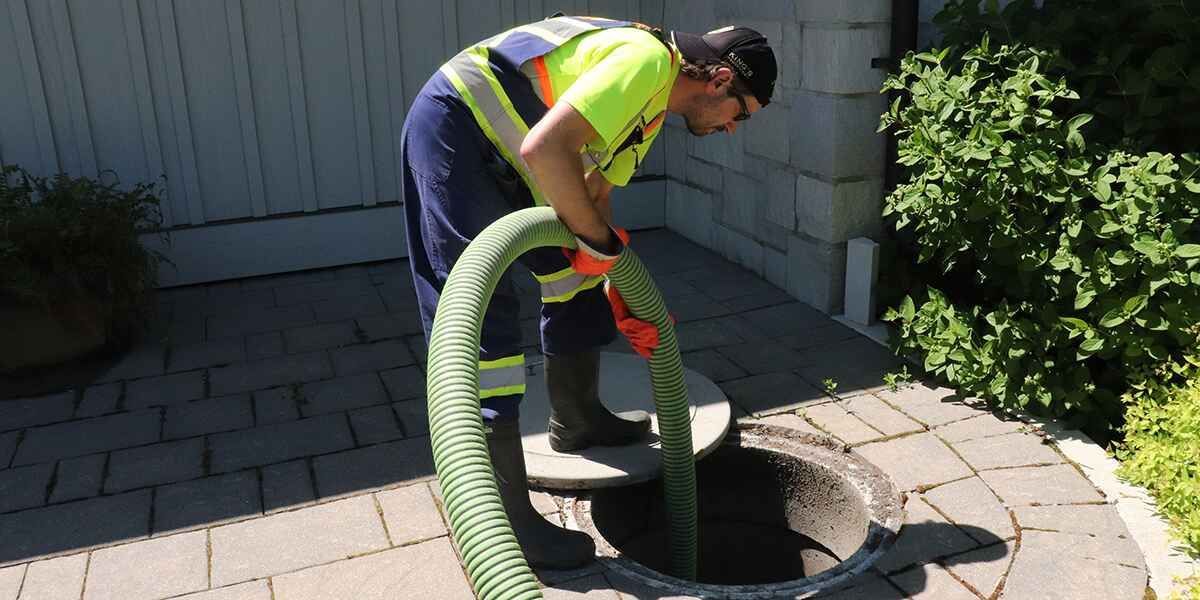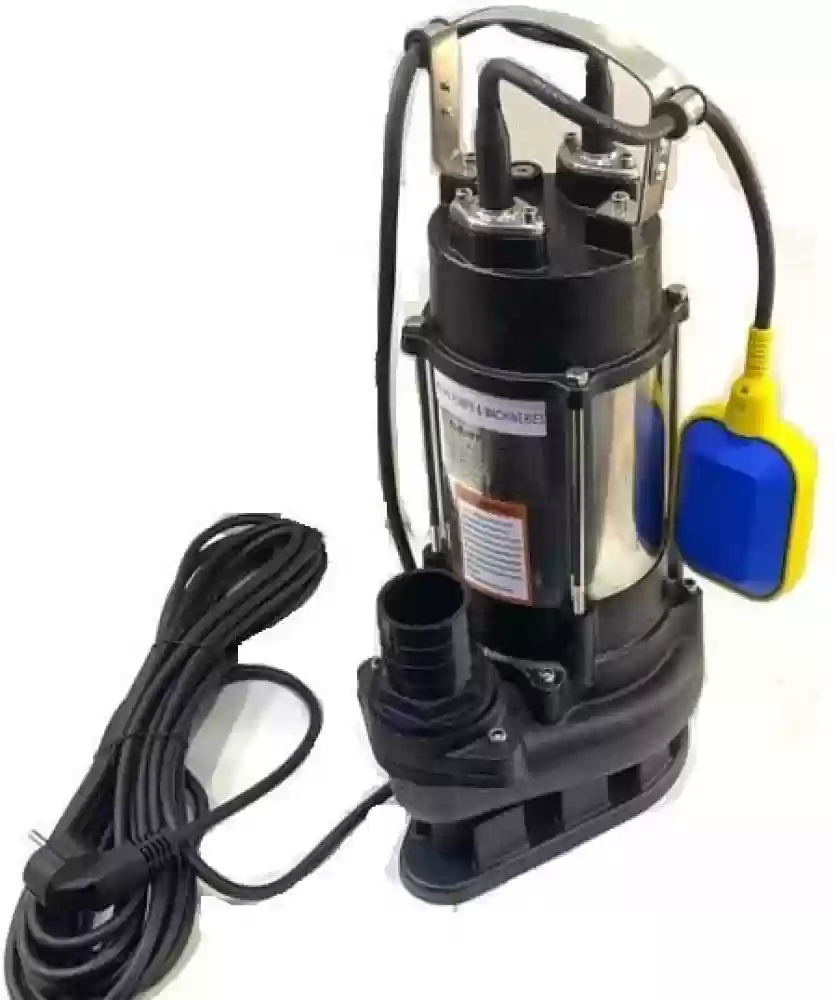Almost everyone will have their personal rationale with regards to Steps to Cleaning Your Sump Pump Properly.

Sump pumps are vital elements in lots of homes, particularly in areas vulnerable to flooding or extreme wetness. They assist protect against water damage by efficiently getting rid of excess water from basements or crawl spaces. Nevertheless, like any other appliance, sump pumps require routine upkeep to ensure they operate effectively when required the most. Cleansing your sump pump is an essential part of its maintenance, and comprehending how to do it properly can conserve you from expensive repair services and potential disasters.
Intro
Keeping a clean sump pump is essential for its proper functioning and long life. Ignoring this important task can cause clogs, malfunctions, and inevitably, water damages to your home. Consequently, learning how to clean up a sump pump is vital for home owners who rely upon these tools to keep their cellars completely dry and safeguarded.
Understanding the Sump Pump
Before diving into the cleaning process, it's essential to have a basic understanding of how a sump pump functions. Generally installed in a pit or basin below the basement floor, a sump pump includes a number of essential components, including a pump, a float button, and a discharge pipeline. When water builds up in the pit, the float button triggers the pump, which after that pumps the water out with the discharge pipe, far from the structure's structure.
Indicators of a Dirty Sump Pump
Recognizing when your sump pump requires cleansing is essential for preventing prospective malfunctions. Some usual indications that suggest a dirty sump pump include unusual sounds throughout operation, lowered water flow, and noticeable debris in the pit. If you notice any of these signs, it's vital to clean your sump pump quickly to stay clear of any further problems.
Preparing for Cleaning
Prior to you begin cleansing your sump pump, it's essential to take some security preventative measures. Beginning by shutting off the power to the pump to prevent any type of electric crashes. Furthermore, use proper safety equipment, such as gloves and goggles, to protect on your own from dust, particles, and prospective pathogens.
Detailed Overview to Cleaning a Sump Pump
Shutting Off the Power
Begin by separating the power supply to the sump pump to stop any accidents while cleaning.
Eliminating Particles and Dirt
Make use of a bucket or an inside story to eliminate any type of noticeable particles, dust, or debris from the sump pit. Dispose of the particles effectively to stop it from clogging the pump or the discharge pipe.
Cleansing the Pump and Float Change
When the pit is free from debris, thoroughly remove the pump from the pit. Examine the pump and the float switch for any kind of indicators of damages or wear. Utilize a soft brush or fabric to clean the surface areas and get rid of any collected gunk.
Flushing the System
After cleaning the pump and float switch, purge the sump pit with tidy water to eliminate any staying dust or debris. This will certainly help guarantee that the pump operates efficiently and effectively.
Looking For Correct Functioning
Prior to re-installing the pump, perform a quick examination to make sure that the float button turns on the pump correctly. Put some water into the sump pit and observe the pump's procedure. If whatever is operating properly, you can reconstruct the pump and reconnect the power supply.
Maintenance Tips to Maintain Your Sump Pump Clean
Along with routine cleansing, there are several maintenance tips you can comply with to keep your sump pump in optimal condition:
Final thought
Cleansing your sump pump is an essential element of its upkeep and ensures that it operates properly when you need it one of the most. By following the steps described in this overview and integrating regular upkeep into your regimen, you can prolong the life-span of your sump pump and safeguard your home from water damage.
6 STEPS ON HOW TO CLEAN A SUMP PUMP PROPERLY
UNDERSTANDING SUMP PUMPS
Your sump pump plays a crucial role in protecting your home by managing and removing excess water. It primarily functions as a “shield”, guarding your basement against the damaging effects of water accumulation. The pump is housed in a sump pit in the lowest part of your basement, and its job is to pump out any water that collects there.
During heavy rainfalls or when snow melts rapidly, water can infiltrate your basement, posing potential risks like flooding, structural damage, and harmful mold growth. Here, the sump pump springs into action, pumping out the intruding water and directing it away from your home.
SAFETY FIRST
Before cleaning, remember to prioritize safety. Disconnect the sump pump from the power source to prevent any accidental electric shocks. Also, wear sturdy gloves to protect your hands from any sharp or dirty components within the pump.
REMOVE THE SUMP PUMP
After ensuring your safety, the next step is to remove the sump pump from its pit. Doing this might require careful maneuvering as you don’t want to damage any pump components. Once removed, clean the sump pit to remove any accumulated debris or sludge.
INSPECT THE PUMP
Inspect the pump for any visible signs of wear or damage. Check the power cord, float switch, and impeller housing. If any components look worn out or damaged, consider replacing them to ensure optimal performance.
CLEAN THE PUMP
Thoroughly clean the pump with warm, soapy water. Make sure to rid it of any dirt, gravel, or other debris that might impede its performance. You can use a toothbrush to clean the small, hard-to-reach parts of the pump.
REINSTALL THE SUMP PUMP
Reinstall the pump into the sump pit Make sure it’s positioned correctly to remove the water effectively Once it’s back in place, reconnect it to the power source TEST THE PUMP
Finally, pour some water into the pit to ensure the pump works correctly. It should start automatically and begin pumping out the water; if it doesn’t, check the power source and the positioning of the pump.
Remember, while cleaning your sump pump is an essential part of home maintenance, hiring a professional plumber for a thorough inspection and cleaning at least once a year is also important. This will ensure that your pump is in optimal condition, ready to protect your home from potential water damage.
BEST PRACTICES FOR CLEANING SUMP PUMP DISCHARGE PIPES
Regular Inspection: Regularly inspect your discharge pipes, especially during heavy rainfall or snowmelt periods. Look for any signs of blockage or damage. Early detection of problems can prevent serious issues down the line. Periodic Cleaning: Over time, sediment and debris can accumulate in the discharge pipes, impeding the flow of water. Regular cleaning helps keep the pipes clear and functioning efficiently. You can use a high-pressure water jet to effectively clean the pipes. Insulation During Winter: In colder climates, discharge pipes can freeze, blocking the outflow of water. Protect your discharge pipes from freezing temperatures by insulating them with foam pipe insulation. This will ensure the sump pump can continue to discharge water even in freezing conditions. Proper Positioning: The discharge pipe should be positioned to direct water away from your home’s foundation. Improper positioning can lead to water seeping back into the basement. Ensure the pipe is long enough and angled correctly. Installation of a Check Valve: A check valve prevents water from flowing back into your sump pit after the pump has pushed it out. Installing a check valve helps maintain the efficiency of your sump pump and reduces the risk of flooding. Minimize Pipe Turns: Every curve or turn in the discharge pipe can decrease the efficiency of water flow. By minimizing turns and bends in your discharge pipe, you can increase the efficiency of your sump pump. https://www.fullspeedplumbing.com/how-to-clean-a-sump-pump-properly9999/

I am just very enthusiastic about Cleaning & Maintenance Tips for Your Home's Sump Pump and I hope you liked our entry. So long as you enjoyed our post plz be sure to pass it around. I praise you for your time. Don't hesitate to check our website back soon.
Book Maintenance